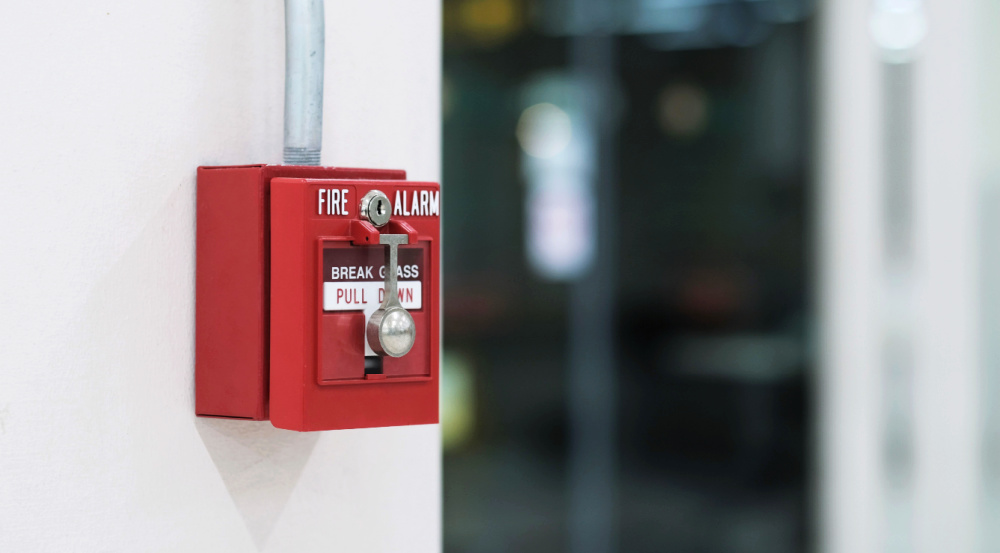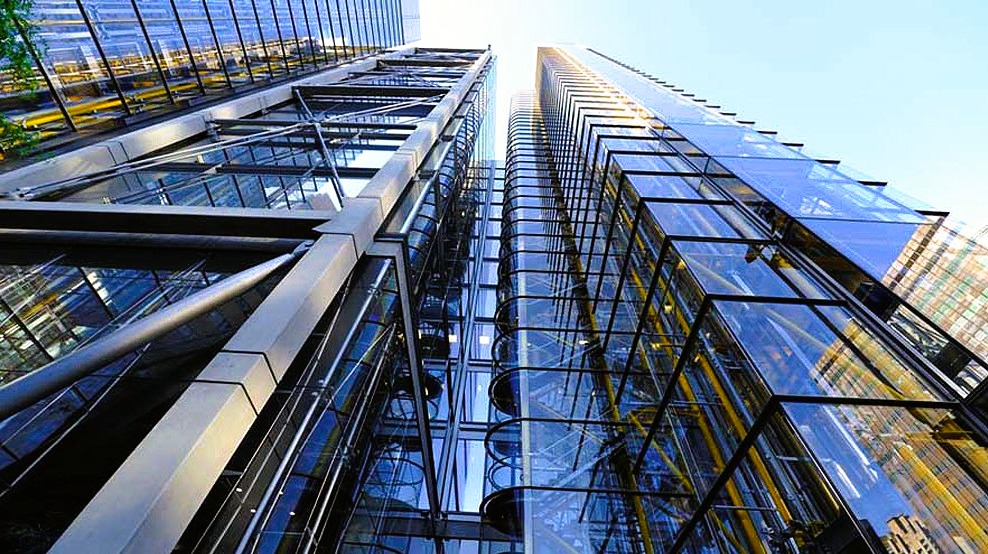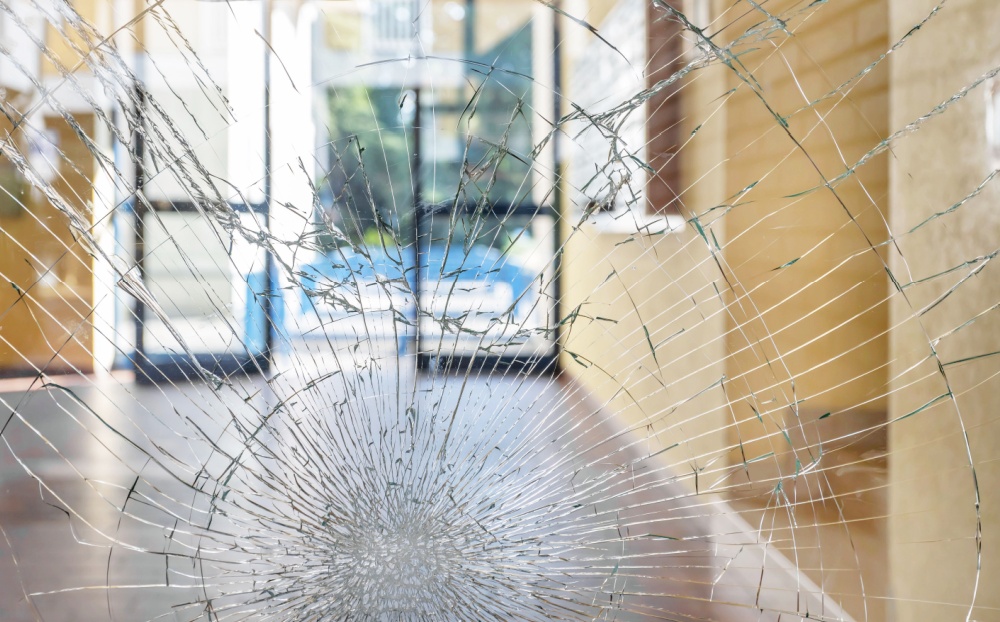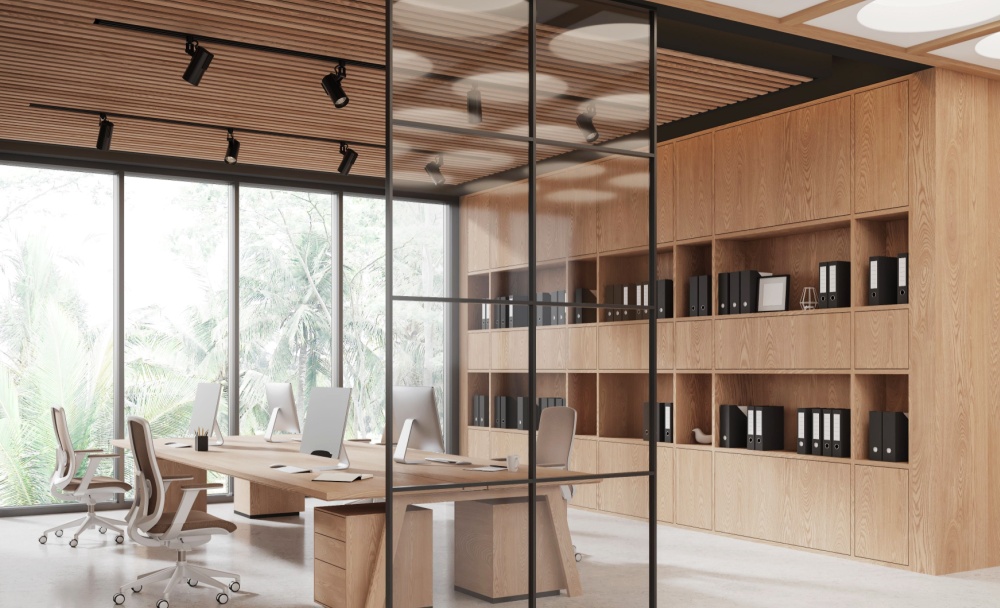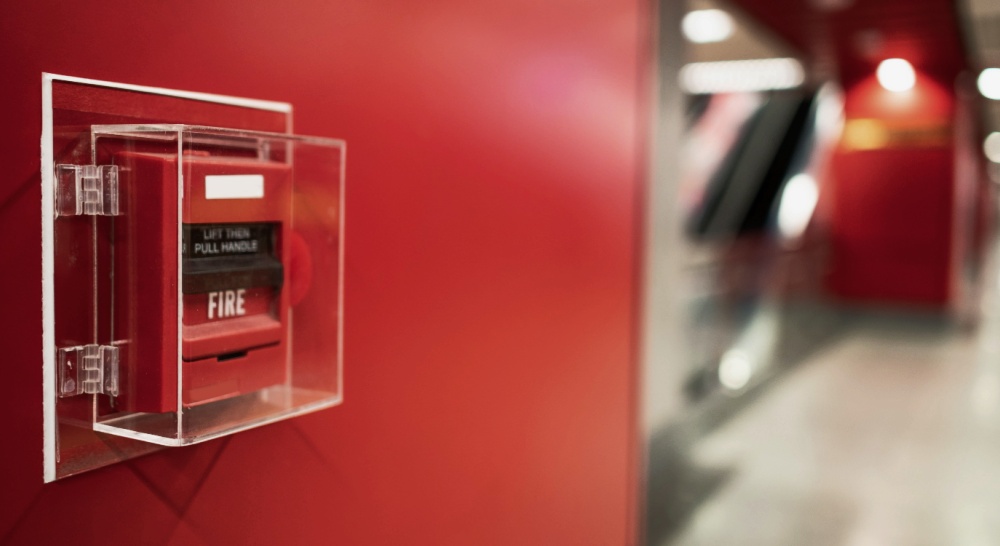Guide to Fire-Rated Glass Partitions
Glass is a versatile material when used structurally, combining aesthetic appeal with strength and function. However, sometimes standard toughened glass isn’t quite enough to guarantee safety under challenging conditions, such as a fire.
For glass to be able to resist flames and maintain safety for longer than regular tempered glass would, it must be specially made – correctly specified and installed according to the relevant building regulations to comply with legal requirements.
To help you understand how fire-rated glass partitions work, this quick guide explains what this type of glass is, how fire-rated classifications work, where you might need it, and what to consider when choosing a fire-rated glazing system.
What is fire-rated glass?
Though standard tempered glass is toughened in order to bear loads and resist impacts, it isn’t designed to withstand extreme heat. Certain types may be able to endure temperatures of around 100°C to 250°C, but this is nowhere near the heat of an average fire, which can range from around 600°C to 1,500°C.
As its name suggests, fire-rated glass is purposely designed, tested, and manufactured to withstand fire. This specialist glass can be used both internally and externally to limit the spread of fire from one part of a building to another – so people inside will have time to evacuate, and it will be easier for firefighters to extinguish the flames.
This can save lives and reduce damage to the building, in turn reducing disruption, downtime, and repair costs. The importance of fire-rated glazing cannot be overstated, which is why its usage is subject to specific limitations under UK building regulations and British/EU safety standards.
How is glass rated for fire protection?
The degree of protection offered by fire-rated glass depends on its rating or classification. Its capabilities will be proven through rigorous standardised tests, so the glass can be given a rating that reflects its resistance to flames, heat, and smoke. In some cases, glass may be also tested for radiation control, but the two primary categories are:
Integrity (E) – Fire integrity measures the length of time that the glass can withstand fire and smoke, preventing it from spreading beyond the glass, but not stopping the transfer of heat from the side where the fire is to the other side.
Insulation (EI) – Fire insulation improves on integrity by not just holding back flames and smoke from getting through the glass, but also limiting the transfer of heat from one side to the other, providing a better chance for safe evacuation.
Both E and EI glass tend to be rated in 30-minute increments, with 30 minutes being the lowest required rating and 120 minutes being the highest – though some fire-rated materials can offer up to 240 minutes of protection.
The products we offer at Glass Interiors include EI30 glass and EI60 glass, providing integrity and insulation for 30 minutes or 60 minutes respectively. You can find out more about what an EI60 rating means in our previous blog post.
Where should fire-rated glass be used?
The main function of fire-rated glazing is to allow safe evacuation during a fire and facilitate access for firefighters to tackle the flames. This is why fire-rated glass is typically found in areas such as entrances, exits, stairwells, and other possible escape routes from common areas such as hallways, lobbies, or foyers – particularly in public and commercial buildings.
Glass doors or partitions don’t always need to be fire-rated, but in some cases, this type of glass is compulsory – so it’s important to know where, when, and which type needs to be installed in specific circumstances. Approved Document B provides more information about fire safety regulations, while Approved Document K covers the use of safety glass.
It’s not just the glass itself but all related parts that need to meet the minimum required fire rating – after all, any system is only as effective as its weakest component. This includes parts such as frames, gaskets, and seals, which must all be tested and fitted professionally to ensure they maintain their fire rating as part of a risk-assessed fire safety system.
Which fire-rated glass do you need?
Every installation will have unique specifications, which is why it’s essential to consult qualified and experienced suppliers and fitters of fire-rated glass systems if you are required to install them in your building. Considerations include performance requirements for the location and size – not just fire rating, but also impact resistance, acoustics, frame design, and more.
Here at Glass Interiors, we have many years of experience in fitting TG100 fire-rated glass in various bespoke configurations, according to the unique needs of each client. This slimline protective glass can be provided in a selection of sizes and finishes with aluminium framing, with systems made to order in as little as four weeks.
If you are in need of fire-rated glass partitions, get in touch with our team to discuss your requirements and find out how we can help you. Call us on 0203 793 5455 or send an email to info@glass-interiors.co.uk and we will be in touch.


